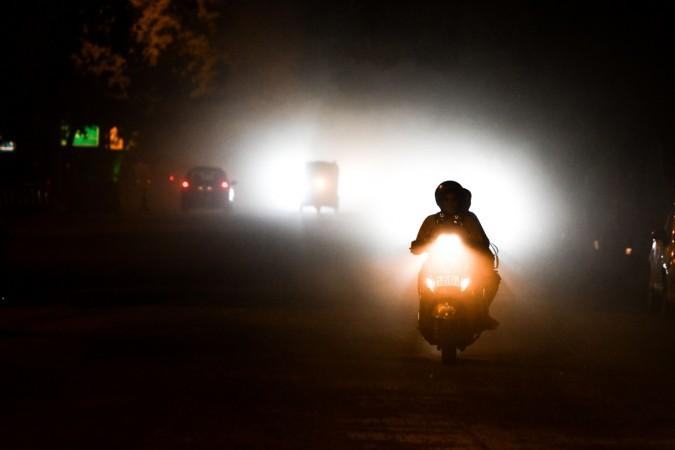
With more than half of the national capital suffering a "severe or severe-plus" air quality, Delhi and the regions around it saw a sudden spike in effluents on Sunday, with Faridabad's air 25 times more polluted than safety standards.
According to the data from the Central Pollution Control Board's (CPCB) monitoring station, the major effluent PM2.5 or particles with diameter less than 2.5mm was 1,515 microgrammes per cubic metres at 10 a.m., which dropped to 1,295 units by 3 p.m.
The safe limit for PM2.5, the finer particles which penetrate deeper into the lungs, are 60 units as per national standards and 25 units according to the international standards.
The officials, however, believed that the data during the morning hours must be "some kind of a technical glitch".
"There is only one monitoring station in Faridabad, and the town is not as polluted as Delhi is. This sudden spike must be wrong. 1,515 units is too high a concentration," an official from the Haryana State Pollution Control Board told IANS.
Meanwhile, 16 out of 36 regions in Delhi, where air pollution is monitored, had a "severe or severe-plus" air quality, consistent since Sunday morning to 3 p.m.
A total 18 areas of Delhi had a "very-poor" air-quality. Only two out of 36 areas monitored had "moderate to poor" air quality.
Out of 48 monitored station across NCR (including Delhi), only four had "moderate to poor" air quality while 23 stations has "severe or severe-plus" air quality and 21 were "very-poor".
Among the most polluted regions in Delhi were Dwarka, Anand Vihar, Rohini, Mundaka, Bawana, Mathura Raod, Delhi Technical University, Jahangirpuri, Narela, Nehru Nagar, Delhi University North Campus, Punjabi Bagh, R.K. Puram, Sonia Vihar, Vivek Vihar and Wazirpur.
In NCR, Bagpat, Bulandshahr, Ghaziabad and Sector 125 Noida in Uttar Pradesh as well as Faridabad and Gurugram in Haryana had "severe-plus" air quality.
The average concentration of PM2.5 and PM10 in Delhi were 220 and 408 units, while in NCR they were 241 and 404 units.
According to CPCB, the situation may continue till Diwali, after whcih pollution may only get worse.

















